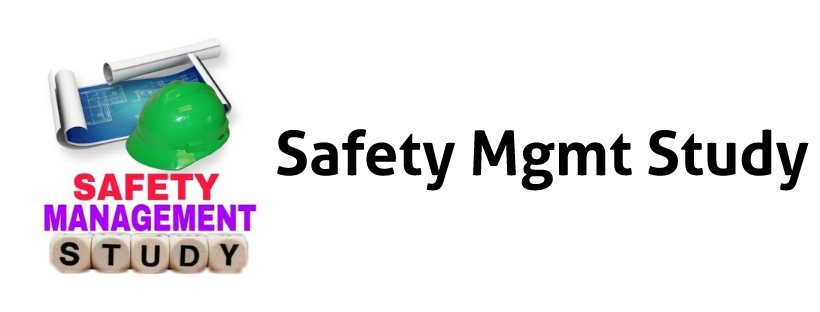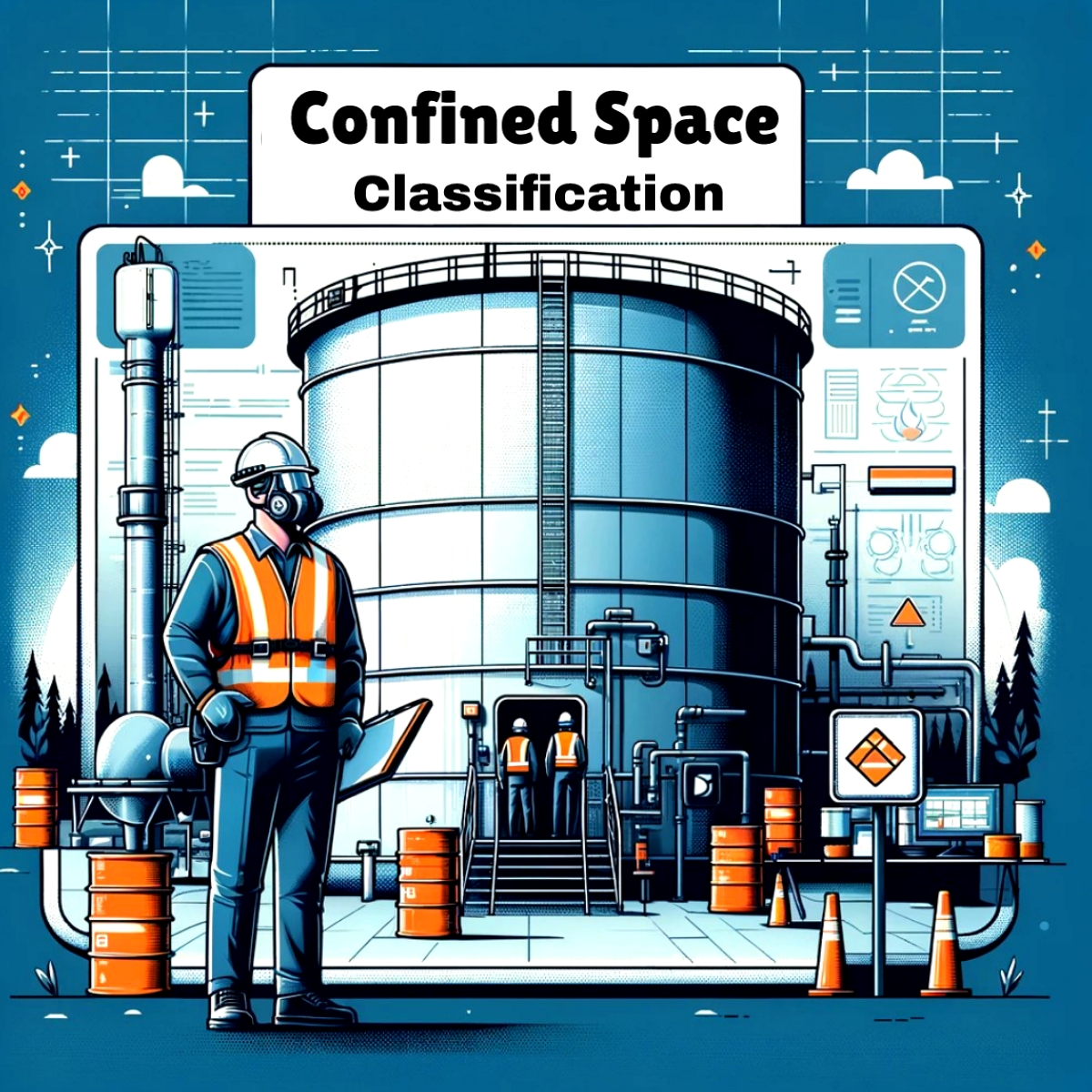Understanding Confined Space Classifications: Insights from NIOSH Guidelines
This comprehensive guide delves into the classifications of confined spaces, referencing the NIOSH 89-106 standards for a clear understanding. Explore the distinct categories that highlight the various safety considerations necessary for working within these environments.
Exploring Confined Spaces: Definitions and Dangers
A confined space is an area not intended for continuous human occupancy, characterized by limited entry and exit points. These spaces pose potential hazards, including toxic or flammable gas presence, oxygen deficiency, or oxygen enrichment. Understanding these risks is crucial for ensuring safety.
NIOSH 89-106 Confined Space Classifications
Based on NIOSH 89-106, confined spaces are categorized into three main types:
Class A Confined Spaces are environments with atmospheric conditions that present immediate dangers to life and health (IDLH). Key requirements for these spaces include a mandatory rescue plan, self-contained breathing apparatus (SCBA) for entrants and standby personnel, and effective communication tools.
IDLH Atmosphere Indicators in Class A:
- - Oxygen levels at 16% or below
- - Lower Explosive Limit (LEL) at 20% or above
Class B Confined Spaces are not immediately life-threatening but could cause harm or illness without appropriate safety measures. Entry into these spaces necessitates a rescue procedure, breathing support, and either indirect or verbal communication methods.
Class B Hazard Indicators:
- - Oxygen levels between 16% and 19.4%
- - LEL between 10% and 19%
- - Oxygen levels between 19.5% and 21.4%
- - LEL at 10% or below
Universal Safety Requirements for All Confined Space Types
This guide emphasizes the importance of recognizing and adhering to confined space classifications and safety protocols, drawing on NIOSH standards to ensure worker safety in these hazardous environments.
Frequently Asked Questions (FAQs) about Confined Space Classifications
1. What is a confined space according to NIOSH standards?
- A confined space, as defined by NIOSH, is an area not designed for continuous human occupancy. It has limited entry and exit points and may contain hazardous atmospheres, such as toxic gases, flammable gases, or conditions of oxygen deficiency or enrichment.
2. How are confined spaces classified under NIOSH 89-106?
- NIOSH 89-106 classifies confined spaces into three main categories: Class A, Class B, and Class C. Each class reflects the degree of hazards present, from immediately dangerous to life and health (IDLH) conditions in Class A, to potential hazards that are not IDLH in Class C.
3. What are the specific hazards associated with Class A confined spaces?
- Class A confined spaces are characterized by atmospheric conditions that are immediately dangerous to life and health (IDLH), such as oxygen levels at 16% or less, and a lower explosive limit (LEL) of 20% or above. These require stringent safety measures including a rescue plan, SCBA for entrants, and standby personnel.
4. What safety precautions are mandatory for entering Class B confined spaces?
- For Class B confined spaces, where hazards could cause harm or illness but are not IDLH, safety precautions include a rescue procedure, breathing support, and either indirect or verbal communication equipment to ensure the safety of those entering the space.
5. Can you describe the requirements for working in Class C confined spaces?
- Working in Class C confined spaces, which contain potential hazards that are neither IDLH nor immediately dangerous, still requires adherence to safety protocols. This includes no modification of work procedures, a required rescue procedure, and mandatory communication from outside the confined space to ensure worker safety.



.jpg)









.png)

.png)

0 Comments